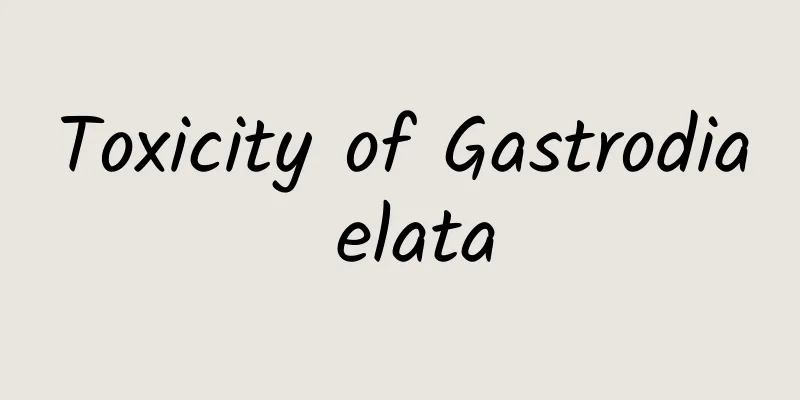The efficacy and function of Tibetan antelope horn

|
Tibetan antelope horn is one of the common traditional Chinese medicines in our country. The medicinal history of Tibetan antelope horn is very long. There are records of Tibetan antelope horn in many ancient medical books. Tibetan antelope horn has good edible value and medicinal value. Let’s take a look. 【English name】 Antelope angle [Other names] Antelope, Tibetan antelope, one-horned beast [Source] Medicinal material source: the horn of the Tibetan antelope, a member of the Bovidae family. [Original form] Tibetan antelope is of medium size, about 1.2m in length and about 80cm in height at the shoulder. The tail is short and pointed. The nose tip is hairy, the nostrils are large, and there are dilated sacs inside. The male has a swollen snout and horns. The horns are long and flattened, about 60 cm long, straight in shape, and have obvious and equidistant horizontal ridges except at the tip of the horn. The body fur is thick and dense, standing upright; the back is light reddish brown and the belly is white; the male's face is dark brown or black and the top of the head is white, while the female's face has no black. The inside of the ear is almost white, while the back of the ear is pure white; the limbs are light grayish white, and the male has dark brown or black vertical stripes in the front. Tail the same color as back of body. [Habitat distribution] Ecological environment: They live in plateau areas at an altitude of 4000-6000m, and often move in small groups. It is timid in nature, hiding in caves during the day and coming out at dawn and dusk, feeding on various kinds of grass. It runs extremely fast, even faster than dogs and wolves can catch up. [Pharmacological action] 1. Antipyretic effect. Intraperitoneal injection of 40 mg/kg of Tibetan antelope horn injection has a similar antipyretic effect as antelope horn on rabbits with fever after intravenous injection of triple bacterial vaccine. The extract, injected intraperitoneally at 2.5 g/kg, also had a significant antipyretic effect on rats with fever induced by intravenous injection of brewer's yeast solution. 【Nature and flavor】 Salty; Cool [Entry into Meridians] Enters the stomach and liver meridians 【Functions and indications】 Clears away heat, detoxifies and reduces swelling. Mainly used for goiter; stomachache; chronic diarrhea [Usage and Dosage] For oral use: grind into powder, 5-15g. [Discussions by various scholars] "Chinese Medicinal Animals": It has the effects of clearing away heat, detoxifying and reducing swelling. It is mainly used to treat gastritis, goiter and other diseases. 【Excerpt】 Chinese Materia Medica Above we introduced the Tibetan antelope horn and its characteristics. We can know that the Tibetan antelope horn has very good efficacy and function, and has played a therapeutic and auxiliary therapeutic role in many diseases. I hope this will be helpful to everyone’s health. |
<<: The efficacy and function of cypress leaves
>>: The efficacy and function of ground cypress
Recommend
Do cavities come from sweetness? No, they come from acidity | Graphic Science
We all know that eating too much sugar can cause ...
The efficacy and function of cypress leaves
The Chinese medicinal material cypress leaf is a ...
Beware! The AI screenshots that are circulating all over the Internet may be becoming a new rumor-making machine
On social media and WeChat Moments, we often see ...
The efficacy and function of Elaeagnus angustifolia bark
Speaking of Elaeagnus angustifolia bark, many peo...
Swimming mice, bulbous-nosed fish: Scientists discover 27 new species of creatures in unexpected places
Located in northern Peru, between the Amazon rain...
The efficacy and function of turtle fat
With the development of society and the close int...
The efficacy and function of red hairy radish [picture]
Red Hairy Swallow [Picture] is a familiar medicin...
The efficacy and function of rough-skinned frog
Chinese medicinal materials are very common, and ...
Weird, why are the fruits and vegetables in my refrigerator "sweating"?
In daily life, we are always used to putting fres...
Be careful, a family of three went to the hospital after eating overnight watermelon! There is a substance in watermelon that is higher than that in tomatoes?
Recently, in Xi'an, Shaanxi, the news #A fami...
Star Chart Data: In 2023, the total online consumption on Singles' Day will reach 1,138.6 billion yuan, with a year-on-year growth rate of 2.08%
The annual Double 11 e-commerce festival has come...
What herbs are used in kidney-tonifying soup?
In today's life, many people suffer from kidn...
The efficacy and function of red medicine
Do you know red medicine seeds? It is a common Ch...
The elevator suddenly fell! How to start "self-rescue"?
Image source: Tuchong Creative If you often take ...
Gastrodia elata capsules
In our daily life, if we work for a long time wit...









